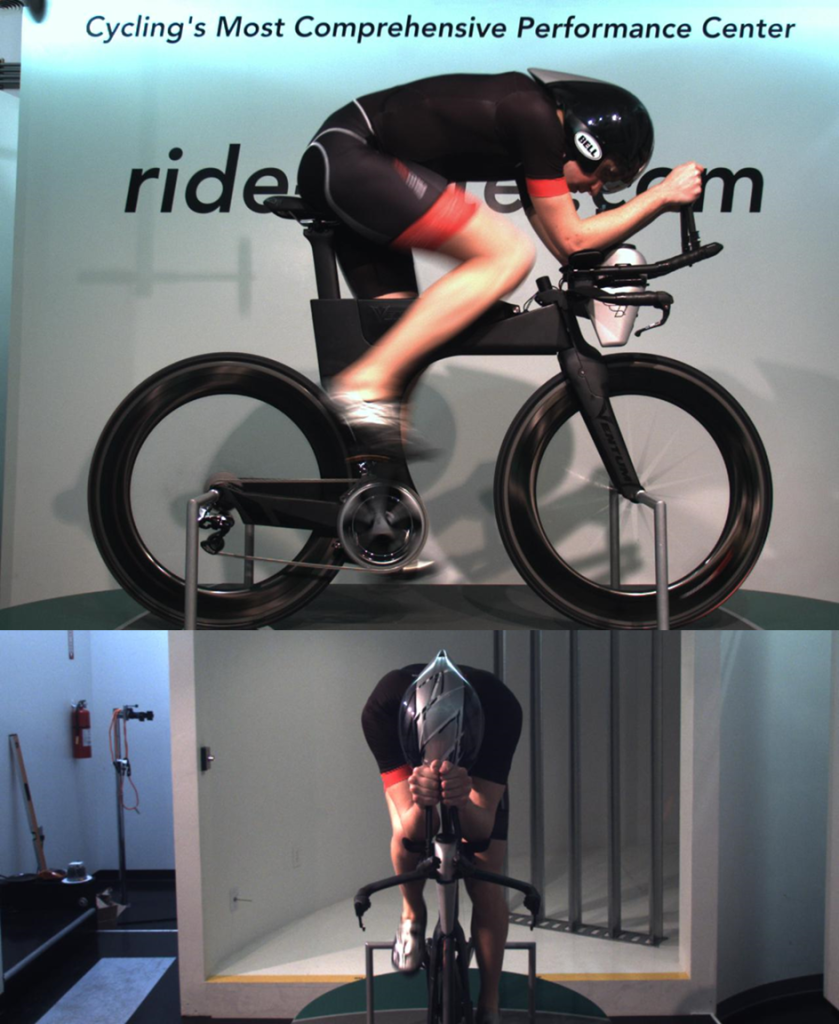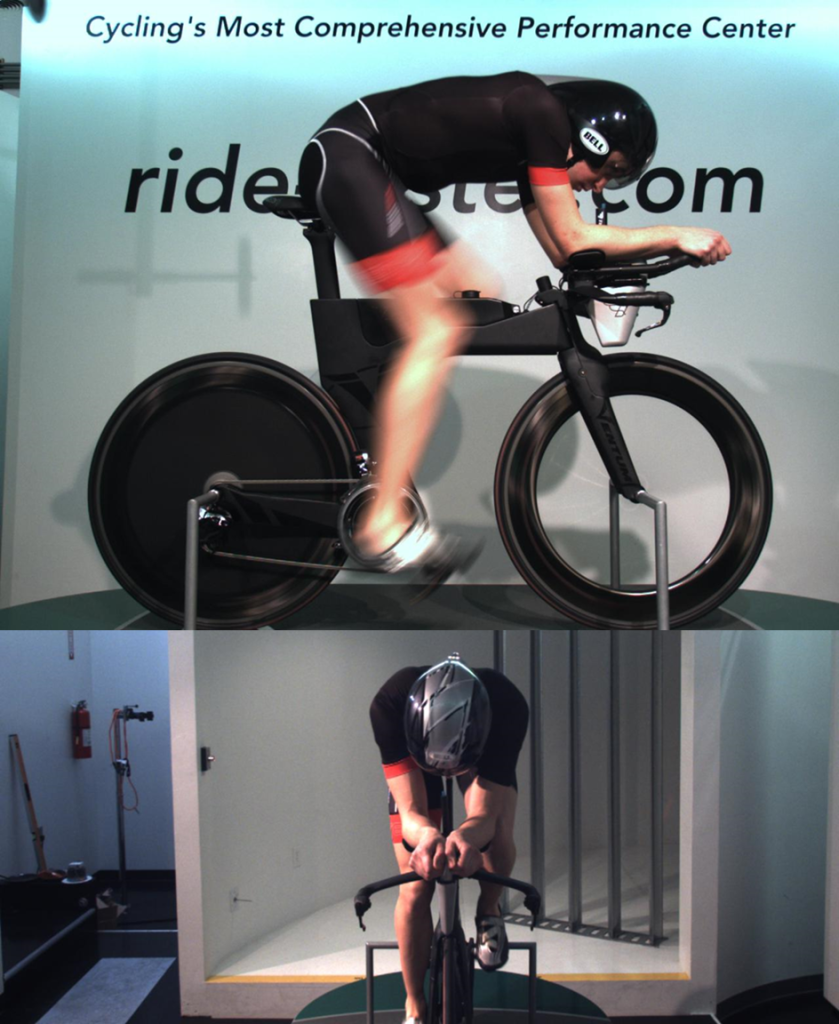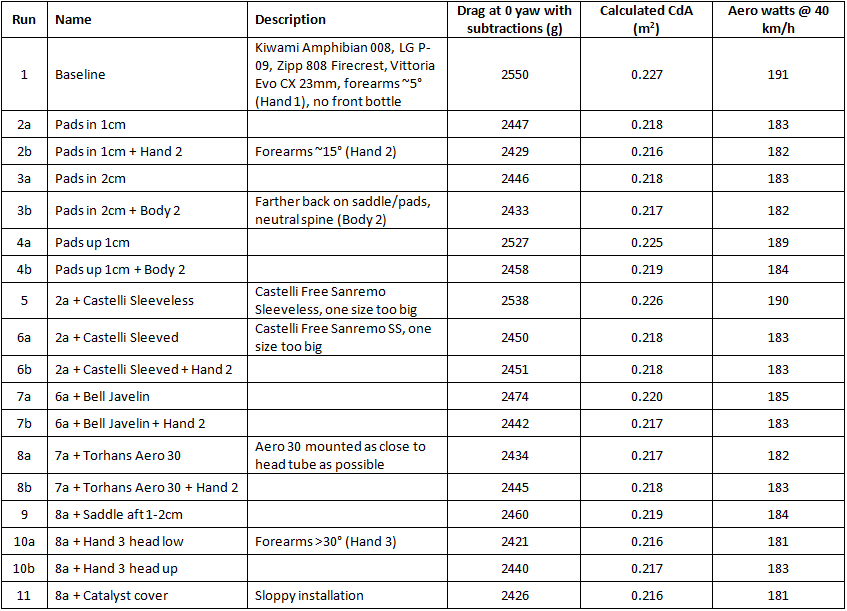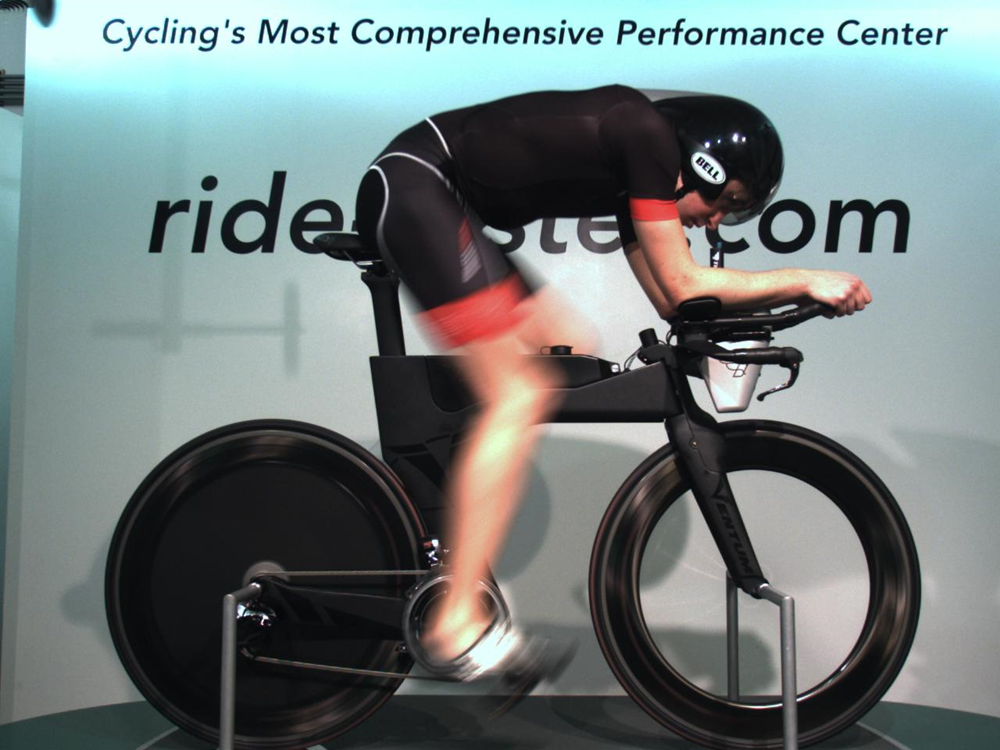I recently had the opportunity to test my new Ventum One in the wind tunnel at the Faster Cycling Performance Center in Scottsdale, Arizona. Faster is an impressive facility frequented by professional athletes and industry clients alike. Ventum spent countless hours at Faster, in additional to other tunnels and computer modeling, testing hundreds of concepts and prototypes. The outcome was the Ventum One, a radically shaped bike that literally and figuratively breaks the mold for triathlon bikes and sets a new benchmark in aerodynamic efficiency.
The science of aerodynamics has always fascinated me. In fact, back in 2012, my final year undergraduate physics project featured a small-scale wind tunnel. For someone with a reputation for being meticulous and data-driven, you may be surprised to learn that this was my first trip to the tunnel. The truth is that I simply hadn’t been that motivated to test given the outstanding power-speed relationship I was already seeing. I was confident that I was already one of the most aerodynamic pro triathletes, thanks in part to an unusually slippery position, and in part to careful equipment selection and setup. However, in the increasingly competitive world of triathlon, I could no longer afford to overlook potential aerodynamic gains. I wasn’t the type of athlete who would walk away from the tunnel with minutes of “free speed”, but I was eager to see just how aero I could get aboard the Ventum One.
I stepped off the plane in Arizona and made my way directly to Faster. There, in the tunnel test chamber, I threw my leg over the Ventum One for the very first time. Starting with my proven position from last year, I focused on optimizing my position, with some time also devoted to testing suits, helmets and hydration setups. Four exhilarating and exhausting hours later, I had not only exceeded my modest expectations, but also developed a deeper appreciation for the engineering behind the Ventum One and the complex and often counterintuitive science that is aerodynamics. I also caught a glimpse of some exciting new projects Ventum is working on to remain at the forefront of aerodynamic innovation.
Even without some finishing touches, my CdA at zero yaw reached 0.216 m², which is exceptional for a six foot tall triathlete. Some very rough calculations based on power and speed from races last season suggest that I saved on the order of one minute or more over a 90 kilometer 70.3 bike leg compared to my old setup. To put that in perspective, my three second place 70.3 finishes over the past two seasons were all 23 to 85 seconds shy of the win.
Aeroweenies, read on for a summary of my test results and some notes on the test process.
Wind tunnel test results
Faster Cycling Performance Center – Scottsdale, Arizona – February 23, 2016
This part of the post is written for a more technical audience. If you’re unfamiliar with wind tunnel jargon, this post has some informative side notes.
There are many ways to present wind tunnel data. Common units include grams of drag and watts to overcome aerodynamic drag, both of which depend on speed and must be quoted along with the wind speed tested in order to be meaningful. A third fairly common metric is CdA, a term in the drag equation that is the product of the drag coefficient (Cd) and, for our purposes, frontal area (A). I like CdA because it is roughly constant over a reasonable range of speeds. I’ll include all three measurements throughout this post. Also, all results shown here are the axial/longitudinal component of drag (though Faster also measures lateral/latitudinal forces) with drag from the apparatus subtracted.
I did all my testing at the industry standard of 30 mph. This is obviously an unrealistically high speed for any long course triathlete, but higher speeds help tease out more subtle differences in drag. I also did the majority of my testing at zero yaw, with only a few sweeps out to ±10 degrees. This was mostly in the interest of saving time and maximizing the number of runs. It also made sense to focus on optimizing my setup at low yaw angles since that reflects the conditions I’ll typically encounter while racing.
Results are shown in the graphs below. Comments and photos for some of the runs are also provided below. A table with the data can be found at the end of the post. Each “shred”, a continuous period during which the tunnel was running, is assigned a number. Sometimes multiples changes were tested within one shred, designated by different letters.
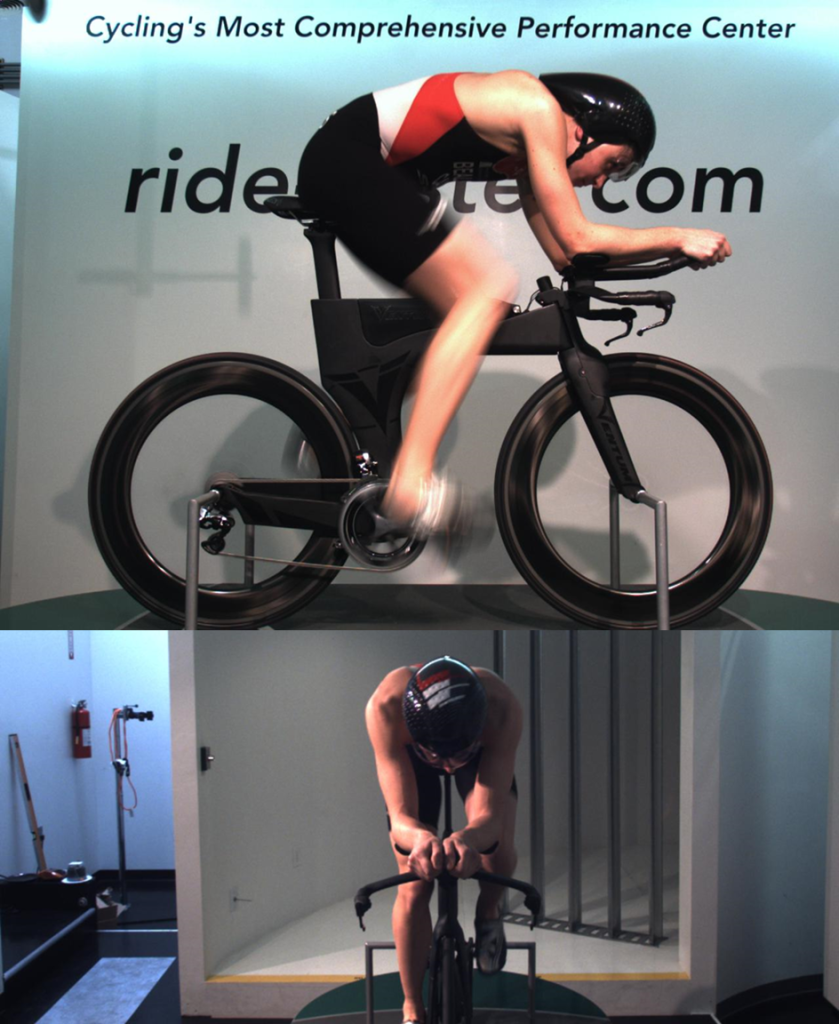
- 1. Baseline – My first run replicated my position on my bike from last season. I’m on a 54 cm frame with the bars slammed, a Zipp 808 Firecrest wheelset with 23mm Vittoria Evo CX tires and the integrated Ventum bottle with no front hydration. Those tires are known to have poor aerodynamics, so there’s room for improvement there. I wore my race suit and helmet from last season (Kiwami Amphibian, Louis Garneau P-09).
- 2a. Pads in 1cm – Narrowing my pads/elbows slightly dropped a whopping ~100 grams of drag and was no less comfortable.
- 2b. Pads in 1cm + Hand 2 – Raising my hands/forearms from ~5° to ~15° (“Hand 2”) was a little faster.
- 3a. Pads in 2cm – Narrowing my pads/elbows by a further 1 cm was uncomfortable and no faster.
- 3b. Pads in 2cm + Body 2 – I also tested a slightly different posture (“Body 2”), stretching out by sitting farther back on the saddle and maintaining a neutral spine. It was a little faster, but probably unrealistic to maintain while racing.
- 4. Pads up 1cm – Raising the bars 1 cm by adding an aero spacer under the stem was significantly slower, regardless of posture. This hints that getting even lower with a different bar may be faster, though power output may suffer.
- 5. Castelli Free Sanremo Sleeveless – Unfortunately, I ordered this suit a size too big (medium instead of small) which caused excessive wrinkling in the torso. Predictably this suit was slower than my baseline suit, though it wasn’t a fair comparison.
- 6. Castelli Free Sanremo SS – The sleeved version of the Castelli trisuit was also a size too big, causing wrinkles in the shoulders and torso. Even so, it was roughly equal to my baseline suit, so it’s likely safe to say it’s faster in the correct size.
- 7. Bell Javelin – This helmet was a either a little slower or a little faster than the P-09 depending on hand position—no compelling reason to switch helmets.
- 8. Torhans Aero 30 – This front hydration setup typically tests very well on the Ventum One and I was no exception, regardless of hand position. It saved a few watts while adding 0.9 L (30 oz) of conveniently located fluid.
- 9. Saddle aft 1-2cm – Moving my saddle back to stretch me out was slower and no more comfortable.
- 10. Hand 3 head low – We raised my arms to >30° (“Hand 3”), a “mantis” position, without swapping extensions using a jury-rigged bar setup. It was an improvement with my head low, but a more realistic head position for visibility made it no faster than other hand positions. It would almost certainly test faster with a non-makeshift bar setup.
- 11. Catalyst cover – Finally, I slapped a Catalyst carbon wheel cover on the Zipp 808. Not surprisingly, it was a little faster at zero yaw. I’ll race with it whenever disc wheels are permitted.

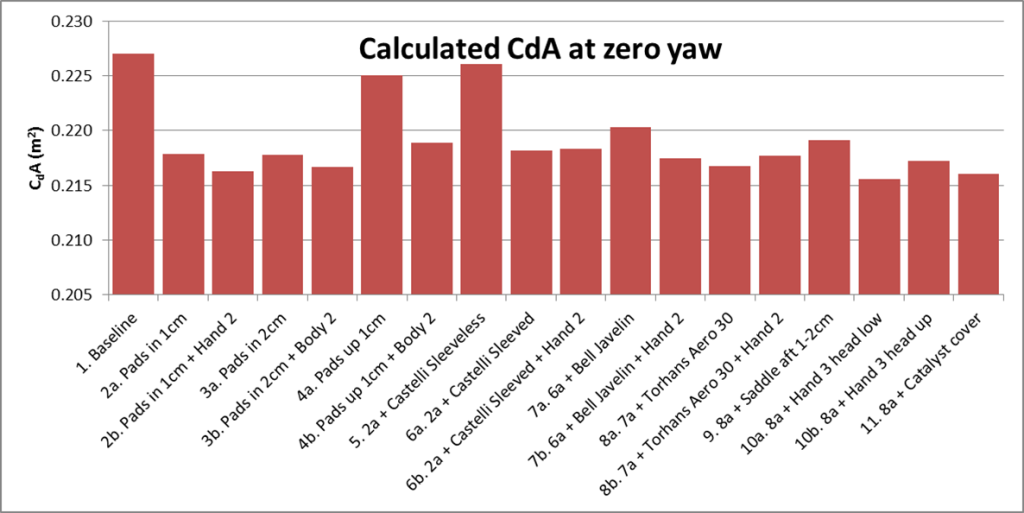
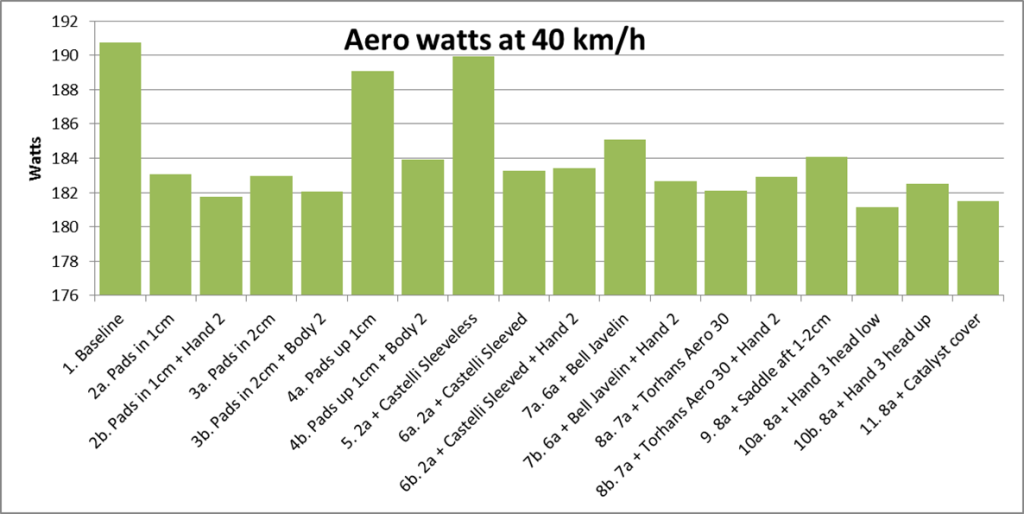
General comments
- As I suspected, my original position was already pretty dialed in. I still found modest but significant gains that made the trip worthwhile.
- I’m fairly insensitive to a range of position and equipment changes, unlike some athletes. For example, I saw little difference in drag between hand positions 1, 2 and 3. This leaves me free to choose hand position based solely on comfort and power. I ordered Zipp Vuka Alumina Evo 110 extensions which will give me a more comfortable high hand position.
- Between the 1.4 L integrated Ventum reservoir and the 0.9 L Torhans Aero 30, I can carry all the fluids I need for a 70.3 and not have to slow down for aid stations while actually improving my aerodynamics! That much fluid mounted on other bikes would usually carry a significant aerodynamic penalty.
- I need to test more helmets and (properly fitting) suits next time.
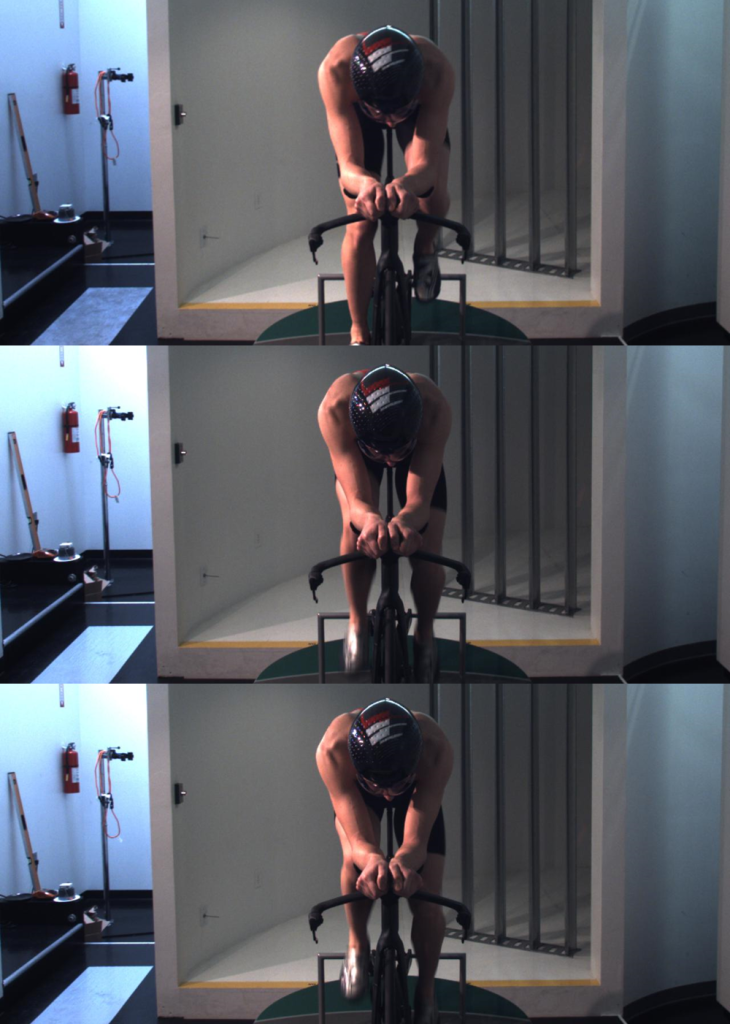
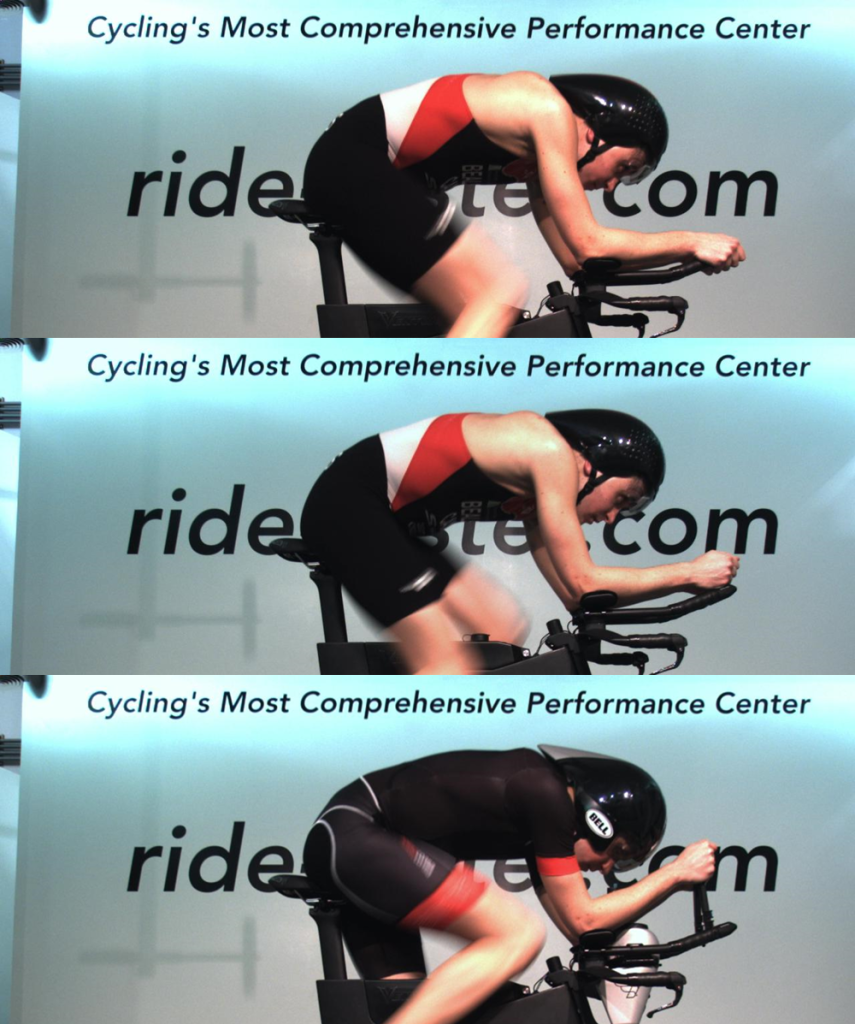
In my opinion, Faster has attracted some unfair criticism on the Slowtwitch forum. A handful of forum posters have called into question the accuracy and precision of data from this tunnel. I have yet to see any evidence that gives me reason to doubt the quality of data from Faster. As someone who has spent a good deal of time in the lab, I know what proper scientific protocol looks like and I was on the lookout for red flags. I witnessed nothing but painstaking attention to detail while visiting Faster. Baseline repeats with the bare test apparatus were conducted throughout the day to monitor tunnel conditions, yielding a standard deviation of one gram of drag—remarkably consistent.
All in all, testing at Faster with Ventum was a really cool experience, one that left me with just as many questions as answers. I can’t wait to put my optimized Ventum One to the test, with my first races just around the corner.
